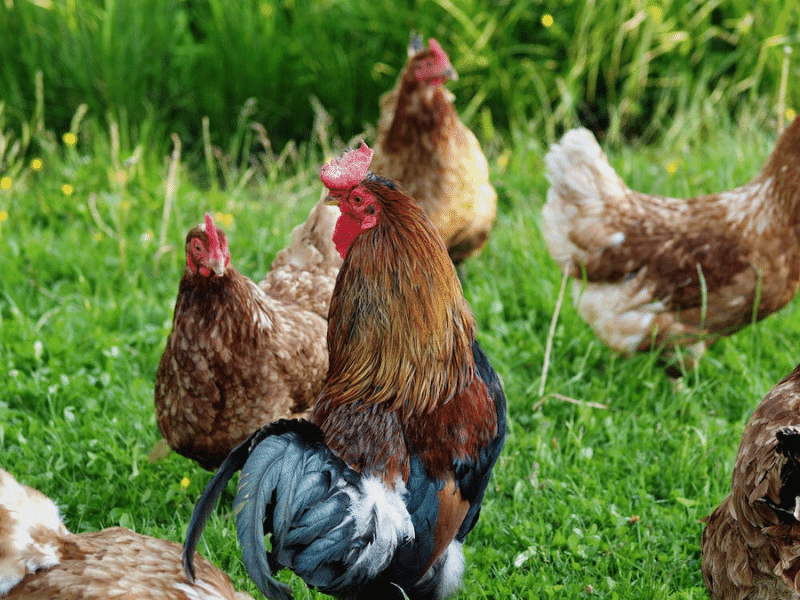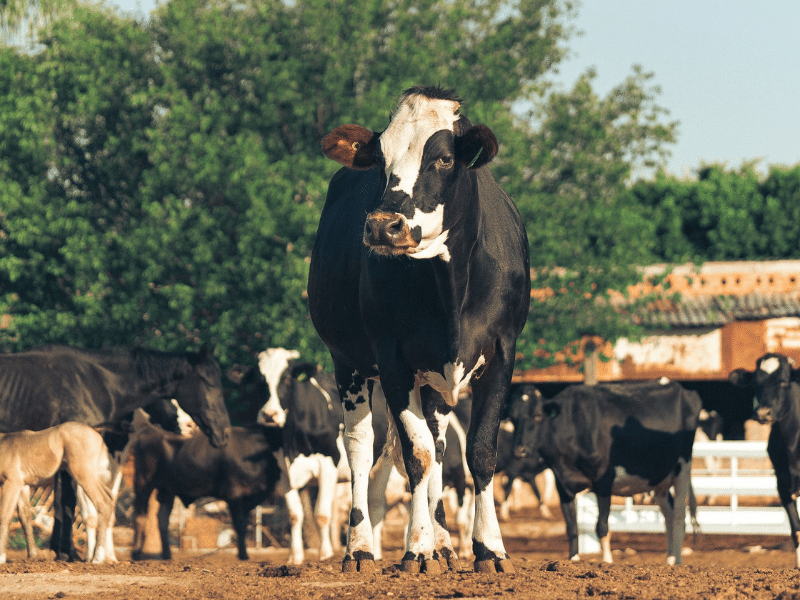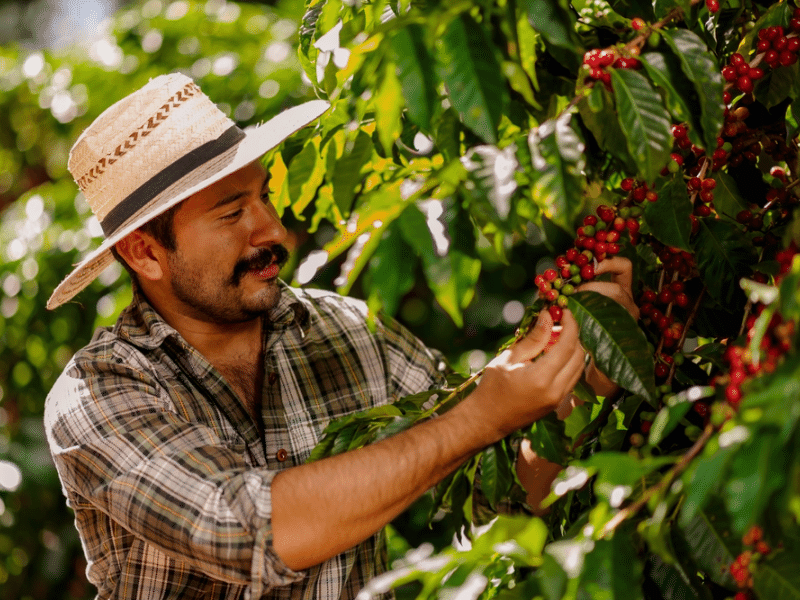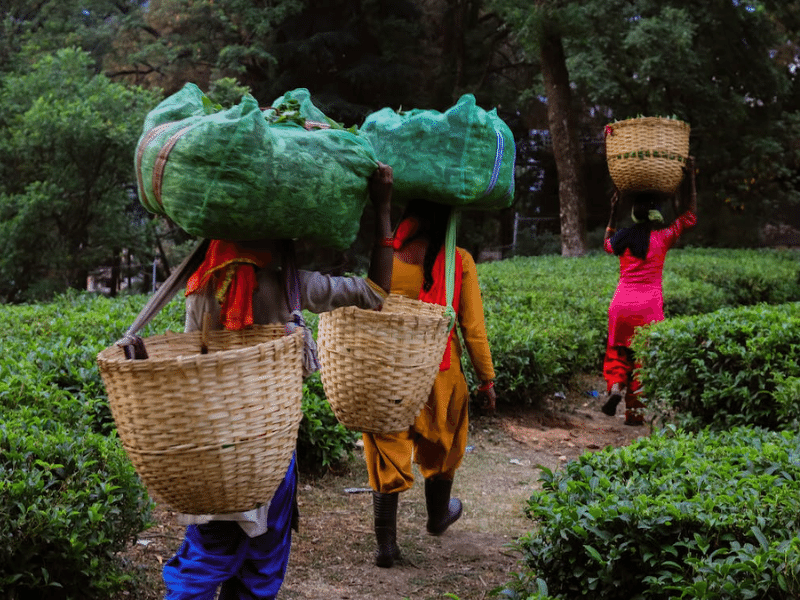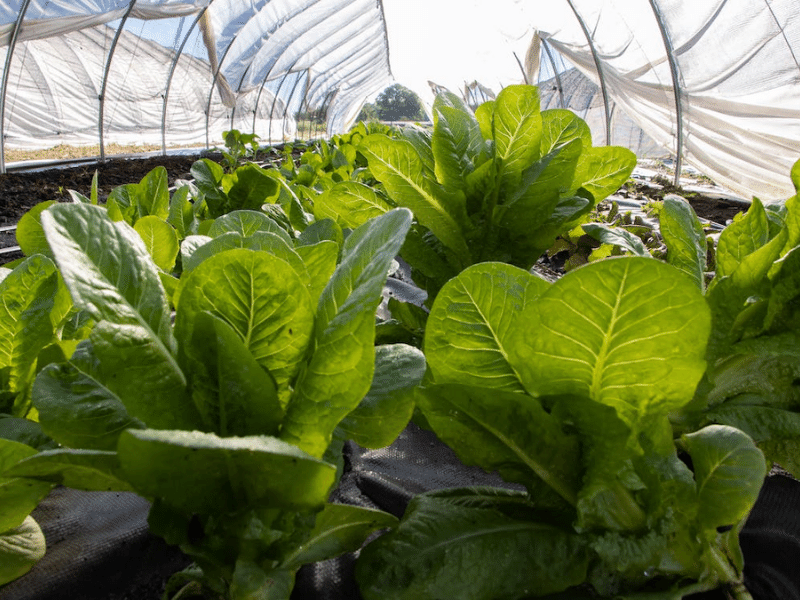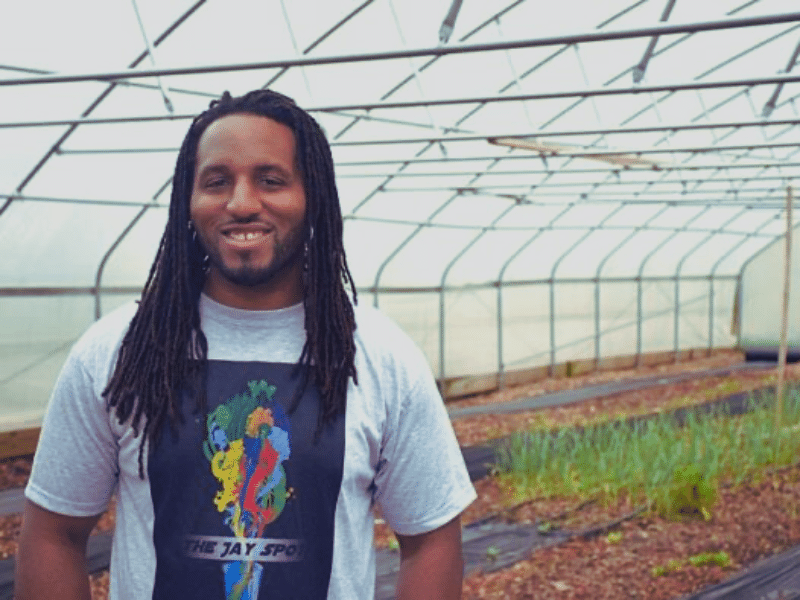Brazil is the world's biggest exporter of beef, poultry, orange juice and sugar cane. It also supplies a quarter of the world's soybeans. A group of scientists is credited with turning Brazil into the agricultural superpower it is today.
By and Contributed Heard on Morning Edition JUAN FORERO
MARY LOUISE KELLY, host:
This is MORNING EDITION from NPR News. I'm Mary Louise Kelly.
STEVE INSKEEP, host:
And I'm Steve Inskeep.
Next we're going to explore how Brazil became an agricultural superpower. It is the world's biggest exporter of beef, poultry, orange juice and sugar cane. And it also supplies a quarter of the world's soybeans. The credit goes in part to Brazilian scientists who've been working since the 1970s to make what was once an agricultural wasteland bloom.
And Brazil, which elects a new leader Sunday, promises to become even more productive in years to come. NPR's Juan Forero has the story from Brazil's grain belt.
JUAN FORERO: Slowly, a powerful New Holland harvester advances over rolling hills here in Brazil's dry, hot savannah, the Cerrado. In the cab is farm worker Luiz Tavares, who marvels as he cuts through golden stalks of wheat.
Mr. LUIZ TAVARES: (Foreign language spoken)
FORERO: This is a wheat that's resistant to plagues, he says, a wheat that has an especially high yield and is excellent for flour. It's wheat that Brazilian scientists created for this tropical climate and acidic soil. Paulo Kramer is the owner of this farm and he gives the credit to Embrapa, the government-run agricultural research institute.
Mr. PAULO KRAMER: (Foreign language spoken)
FORERO: When we started planting here, he said, we never thought we'd be planting wheat. Wheat's a cold-climate crop, Kramer said, usually found in places like Iowa or Argentina.
Barely two generations ago, many considered this 1,000-mile swath of low-lying trees and scrubland good only for raising cattle. The military government that ruled Brazil then decided, with unusual foresight, to create Embrapa. The head of its international wing is Francisco Souza, a tropical seed expert.
Mr. FRANCISCO SOUZA (Embrapa): Back in the '70s, Brazil imported most of the food. We had food crisis, the government at that time decided to really invest in modern agriculture.
FORERO: The nationwide system of laboratories that made up Embrapa was entrusted with improving Brazil's soils. They also work on new crop varieties and find more efficient ways to fatten up cattle and hogs. Embrapa started by developing its know-how. And it did that by sending hundreds of young scientists to earn their doctorates in American universities. Among them was Thomaz Rein.
(Soundbite of footsteps)
Rein, a soil scientist educated at Cornell University, walks through experimental fields of sugar cane and beans. He stops in a stand of corn, the leaves of which look yellow and easily crumble in his hands.
Dr. THOMAZ REIN (Soil Scientist): So you see here the bottom leaves are necrotic, already dry, at this time, so this is a sign of nitrogen deficiency.
FORERO: The corn with the greener leaves, he said, was inoculated with nitrogen-fixing bacteria. Such is the work of Embrapa scientists - trying to resolve problems particular to Brazil.
Mr. REIN: So the soil are very poor in terms of nutrients that are required by the plant - like phosphorus, calcium, potassium, and what are called also micronutrients. And also the soil are very acid.
FORERO: The soil in the Cerrado, in fact, is so naturally toxic that roots can't grow well. Embrapa added just the right mixture of limestone and other nutrients to make the soil fertile.�And Rein said scientists determined that gypsum helped correct the acidity, permitting roots to reach deep for water.
Read The Full Story on:
https://www.npr.org/templates/story/story.php?storyId=130907013

